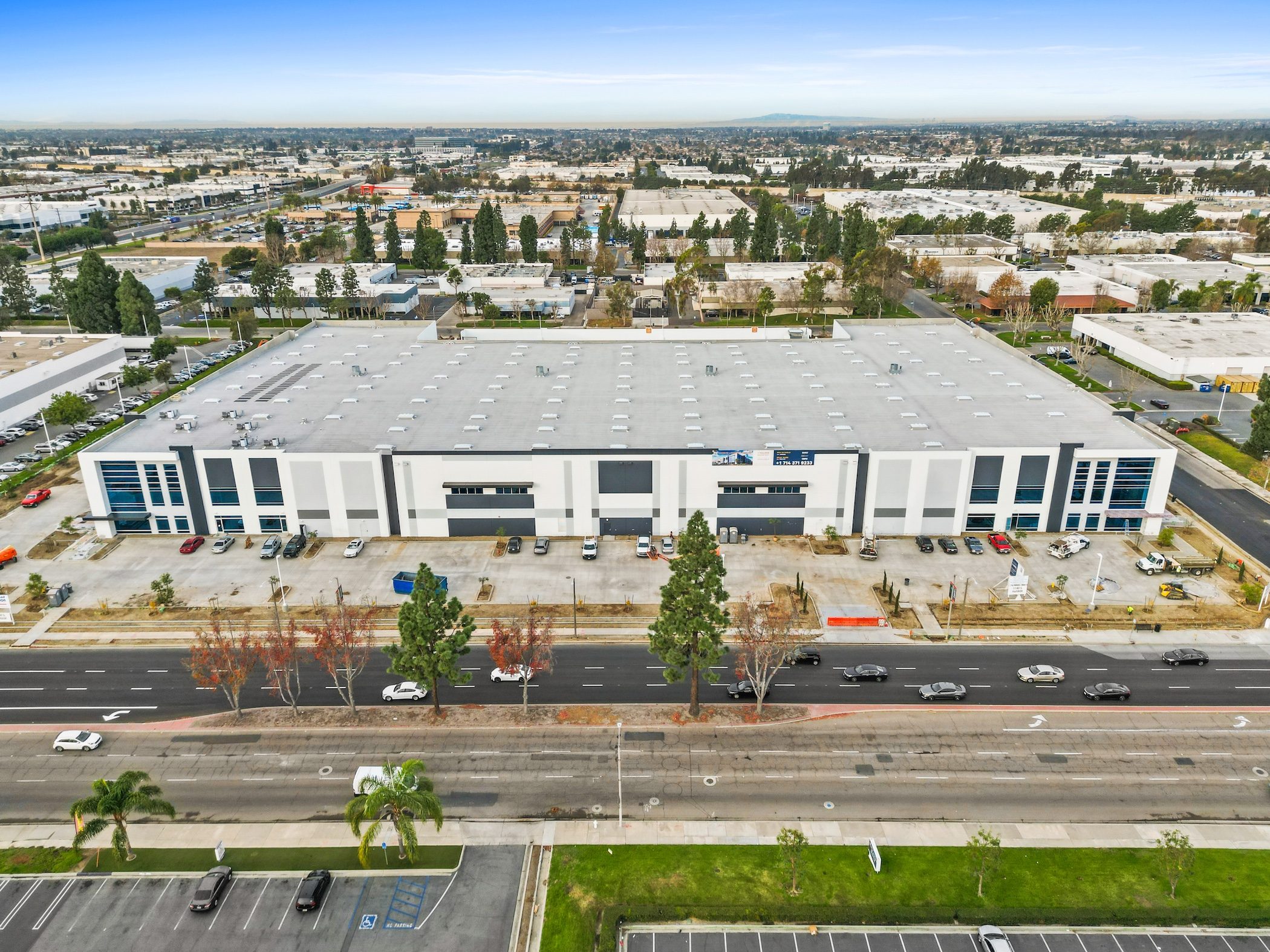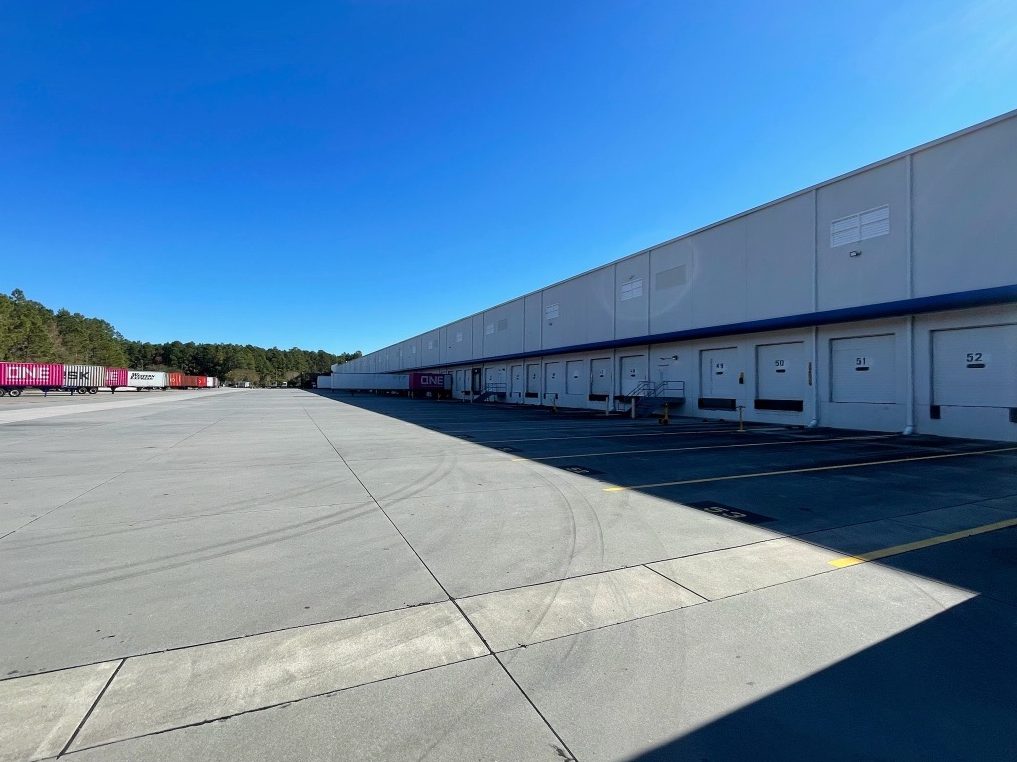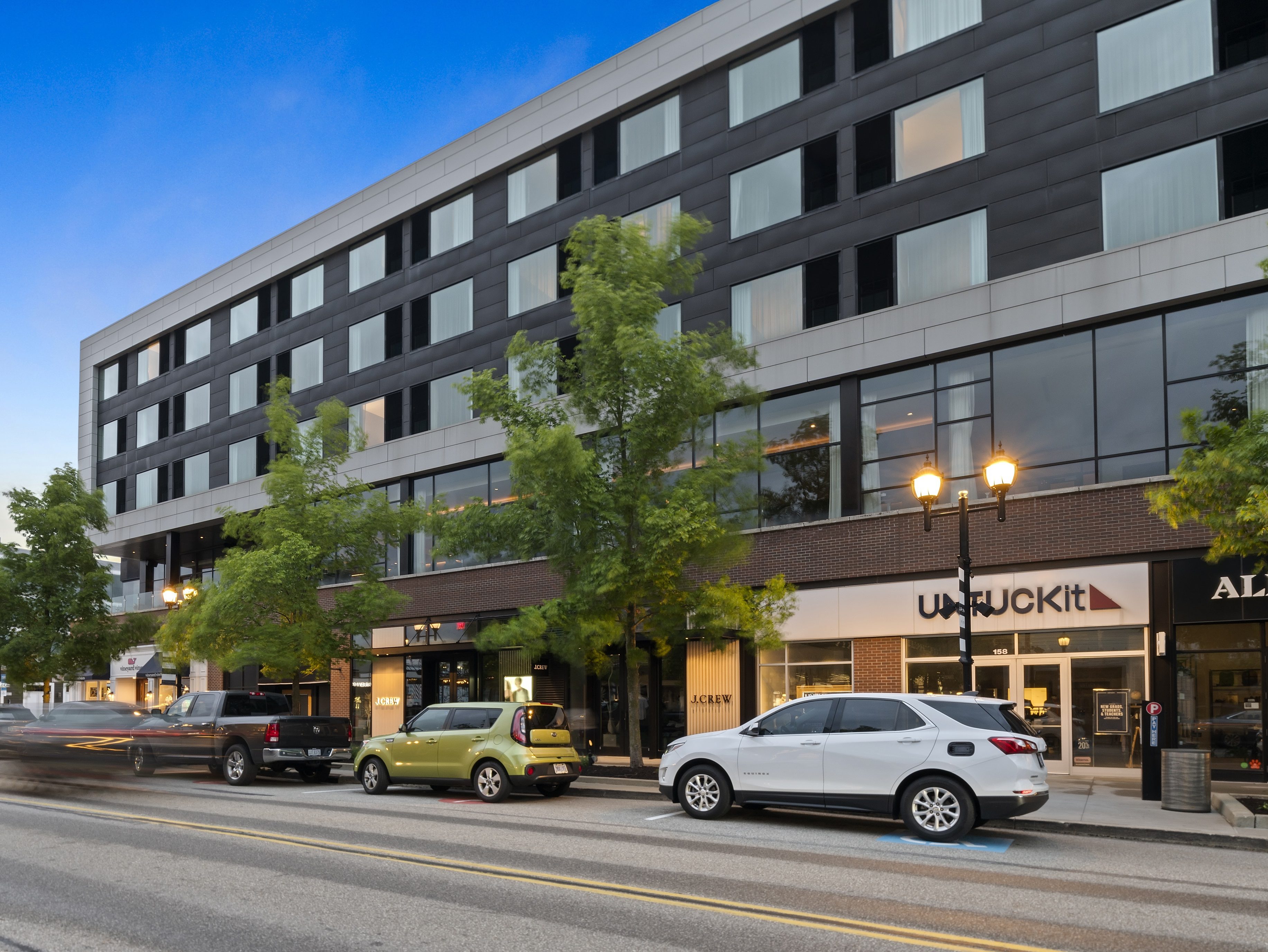Commercial PACE Finance Faces a Turning Point
The vital program helps fight climate change while providing owners with a critical source of capital.

Mansoor Ghori
Budding finance strategies sometimes require industry participants to adhere and execute to appropriate best practices to assure their long-term efficacy for the marketplace. Such is the case for one of the fastest-growing financing tools for energy efficiency, water efficiency, renewable energy and resiliency of commercial real estate buildings, called Commercial Property Assessed Clean Energy.
Enabled by state legislation across 35-plus states, C-PACE makes it possible for owners and developers of commercial properties to improve the energy, water, or resiliency performance of their buildings using low-cost long-term financing, which is paid back through an annual assessment on the organization’s property tax bill, similar to other capital improvements with public benefits.
Characterized neither as a loan nor debt/equity, C-PACE financing is structured as a special property tax assessment similar to other well-established public benefit assessments such as sewer and water services, road improvements and the like.
This enables upfront financing to be provided for capital intensive improvements such as chillers, boilers, solar systems and batteries, with no initial cash outlay for property owners and paid for as an affordable incremental annual assessment stretched out over decades.
C-PACE Growth Tops $1.5 Billion
With market adoption accelerating, C-PACE total financings topped $1.5 billion in investment in commercial building upgrades through 2019, according to PACENation. Underpinning the growth of C-PACE has been smart policy, which balances the aforementioned benefits with risks of nonpayment.
To balance these concerns, the vast majority of the C-PACE states statutorily limit the acceleration of C-PACE assessment payments not yet levied or due on the property while also requiring the building owner to obtain the acknowledgement or consent of their senior lender to participate in the C-PACE program.
This requirement helps ensure C-PACE assessments are not oversized compared to the value of a property while also protecting the senior lender from exposure to the C-PACE assessment over and above the benefits achieved by the property each year the improvements are in place.
This requirement has helped instill confidence in this innovative financing tool with all constituents—borrowers, public officials, regulators, financial institutions, Wall Street and other players. Over 200 individual lending institutions have consented to C-PACE assessments on over 2,000 properties in the past several years.
Although most states have adopted lender acknowledgement provisions as a core premise in their C-PACE programs, there are still a few that don’t specifically require it. Though not required in these states’ regulations, obtaining the consent of the senior lender has become a best practice and an important underwriting component in the growth of this industry.

Jessica Bailey
As leaders in the industry, we are concerned that an increasing number of transactions potentially being completed under those less-stringent conditions could erode the hard-earned confidence in C-PACE. In speaking with our industry ecosystem partners, including our investors, bankers, lawyers, and rating agencies, all have expressed a like-minded approach to lender acknowledgement.
Through last year, over 200 lenders have approved C-PACE financings on properties on which they hold the mortgage. Many of our industry participants, however, are expressing concern that failing to work with our mortgage lender partners could hamper the exciting growth of the industry. Our experience working with senior lenders of all sizes suggests that they are willing partners to allow C-PACE to be used by their customers when engaged in the process.
The Shift to Clean Energy
What’s at stake? C-PACE is growing in popularity because it facilitates the reduction of greenhouse gas emissions by making the shift to clean energy sources a financial reality. It also plays a vital role in supporting state and local governments in their initiatives to drive sustainable, efficient upgrades within their community’s infrastructure.
All of this is accomplished while reducing costs for building tenants and enhancing property values for building owners and developers. During the pandemic, C-PACE was a particularly important tool for building owners and developers in providing much needed capital and liquidity giving them the breathing room to keep operating through the uncertainty.
In addition, we worked with the active participation of banks in completing capital stacks for key economic development projects across the country. We encourage our colleagues in the industry to work with us to grow this industry with long view and best practices in mind—with the partnership of our mortgage lender colleagues.
Mansoor Ghori is CEO of Petros PACE Finance LLC and Jessica Bailey is CEO of Greenworks Lending.







You must be logged in to post a comment.